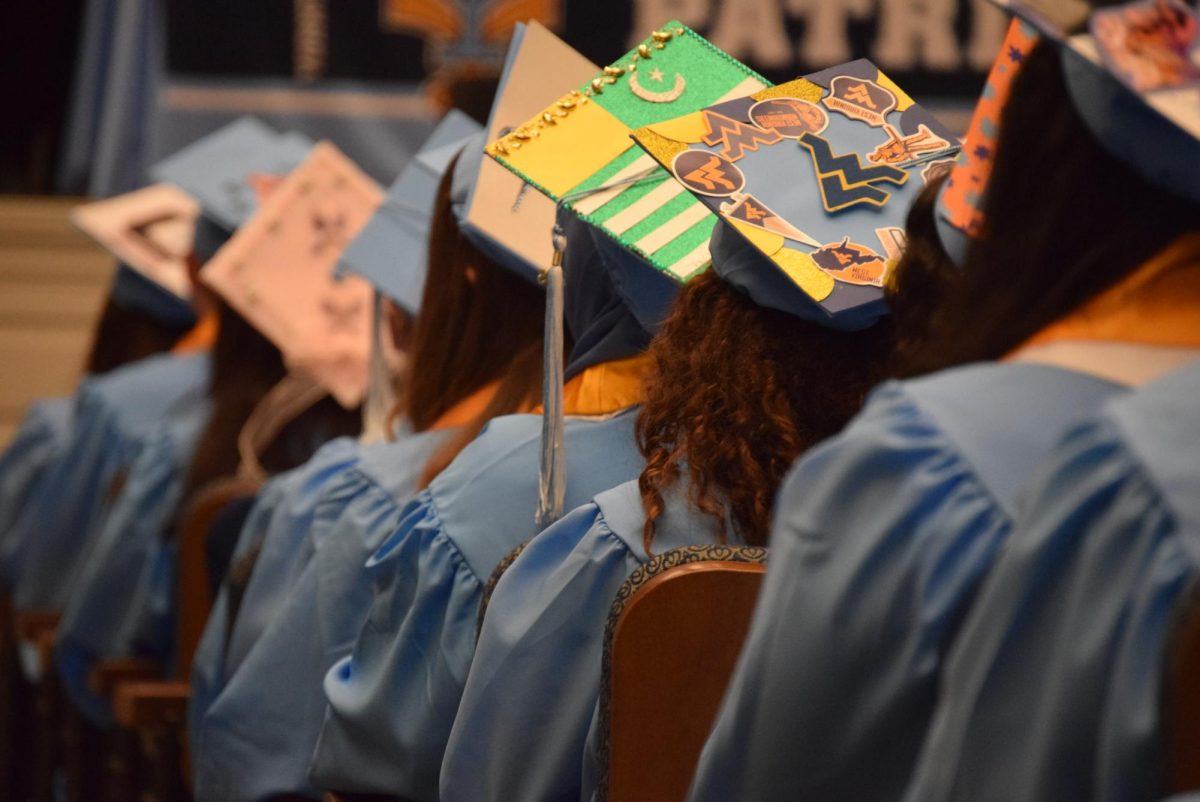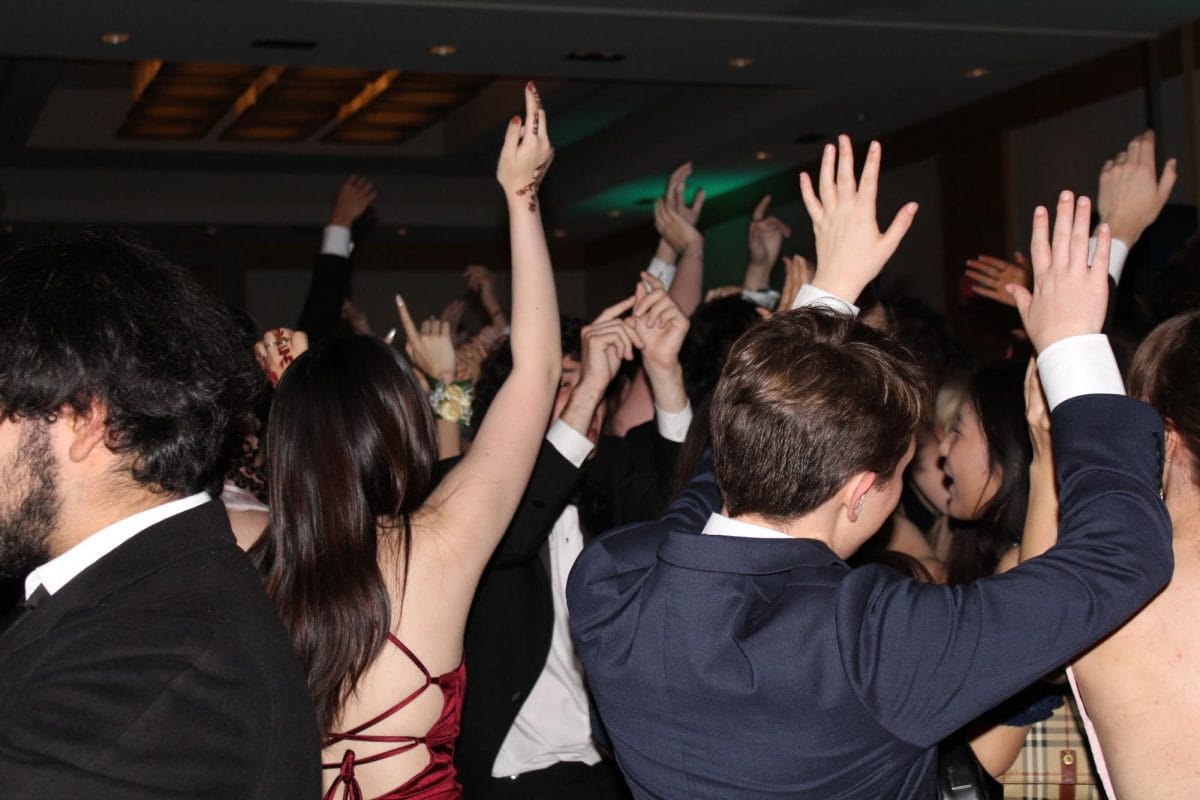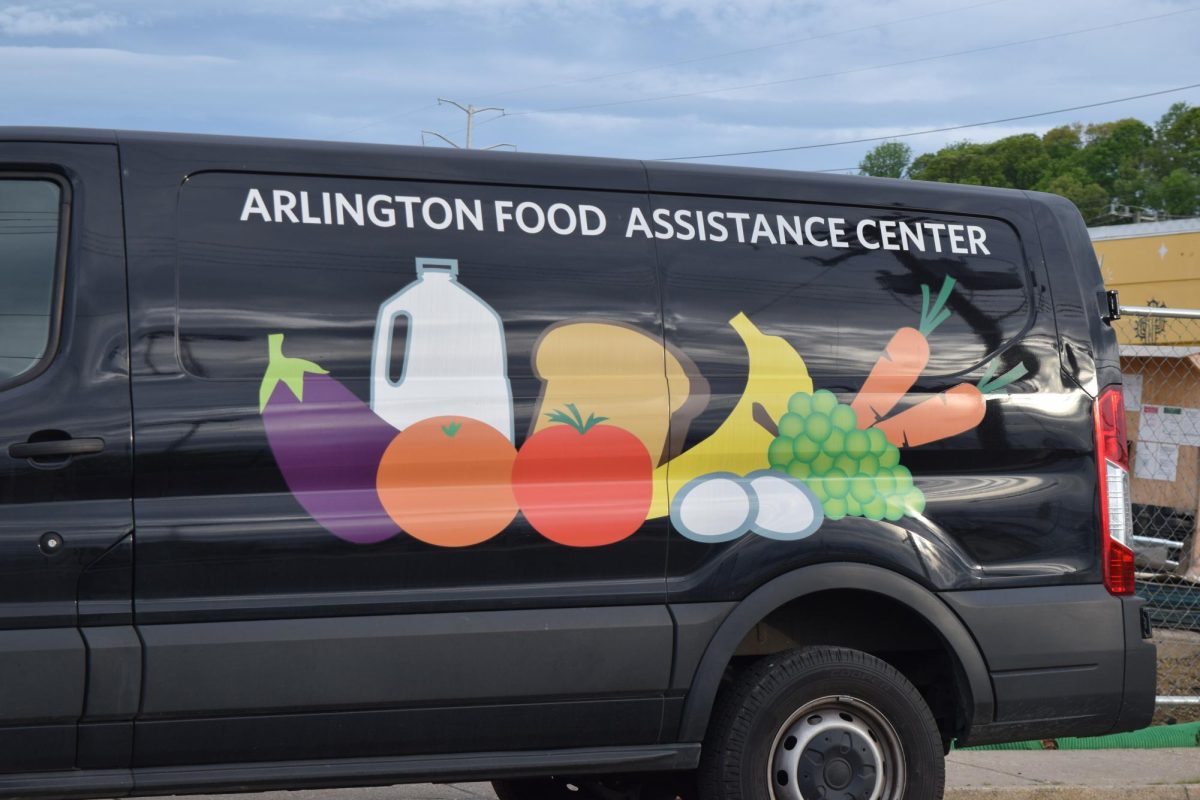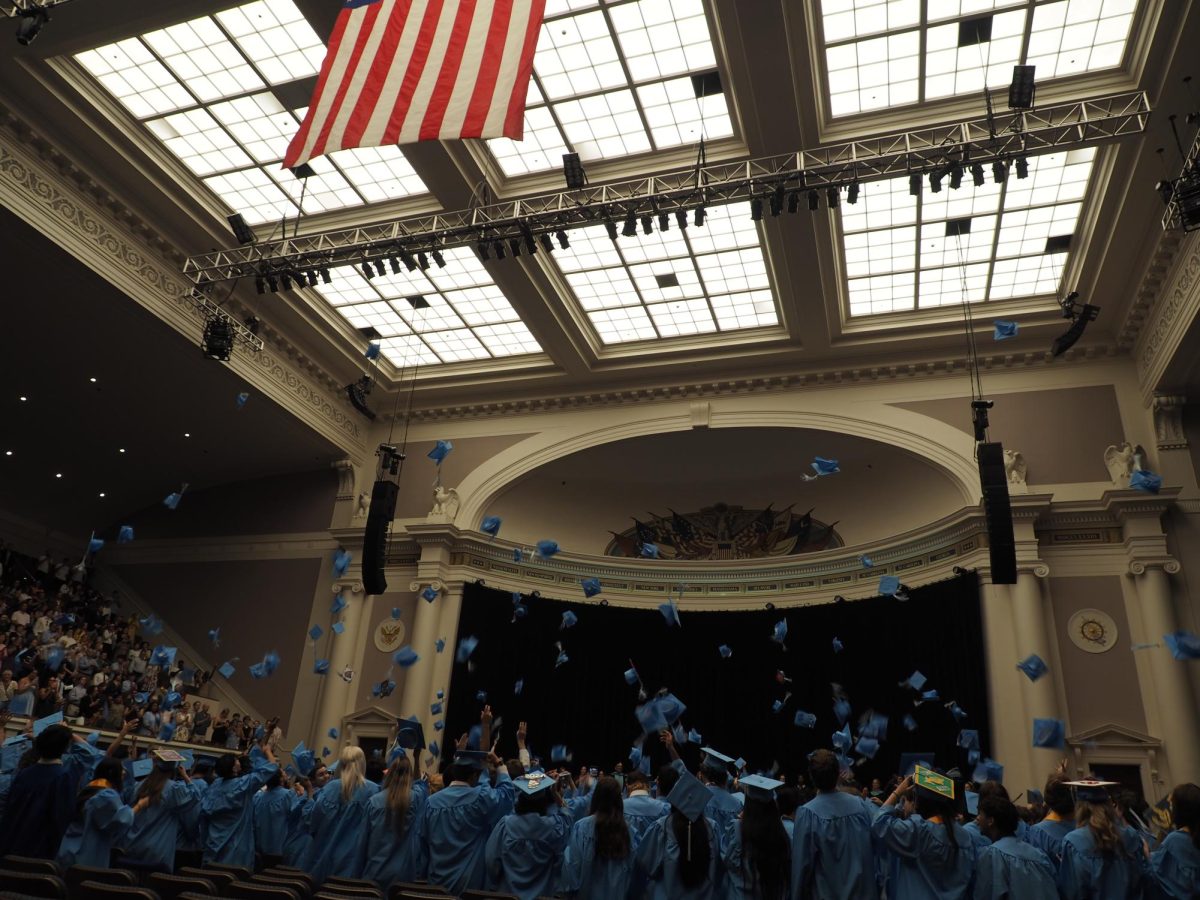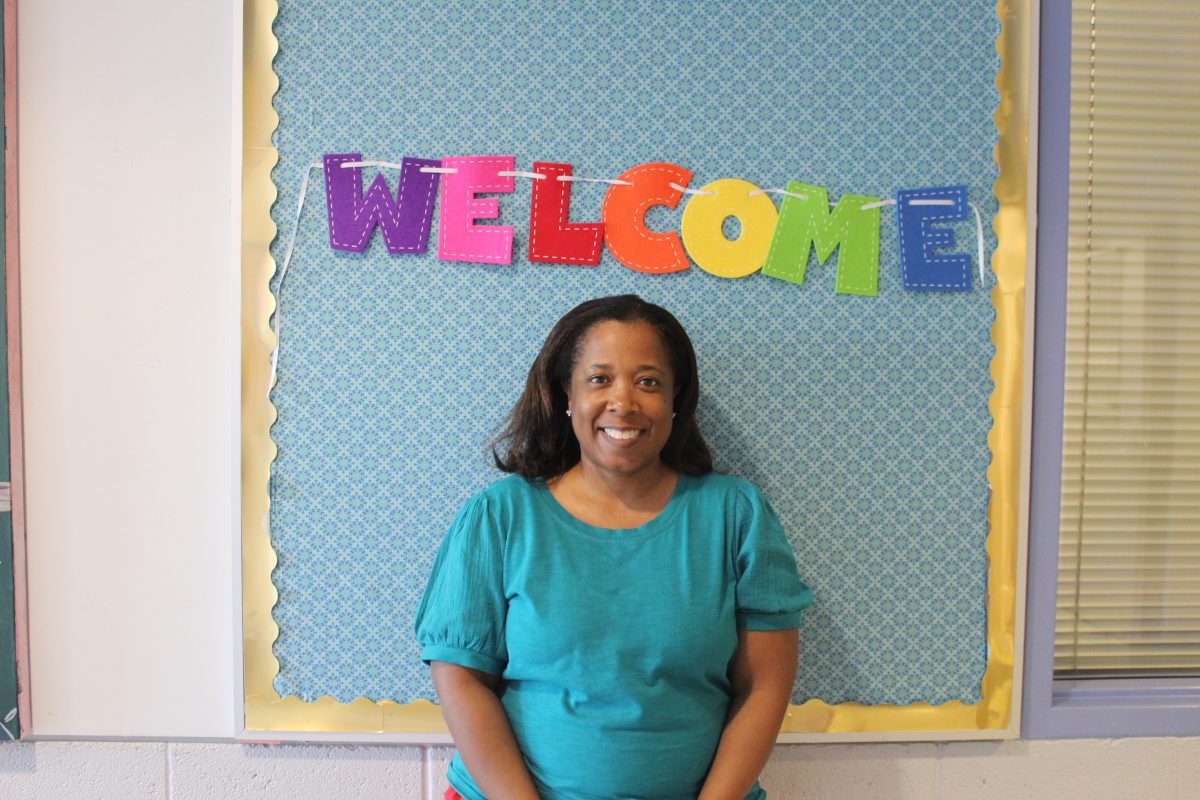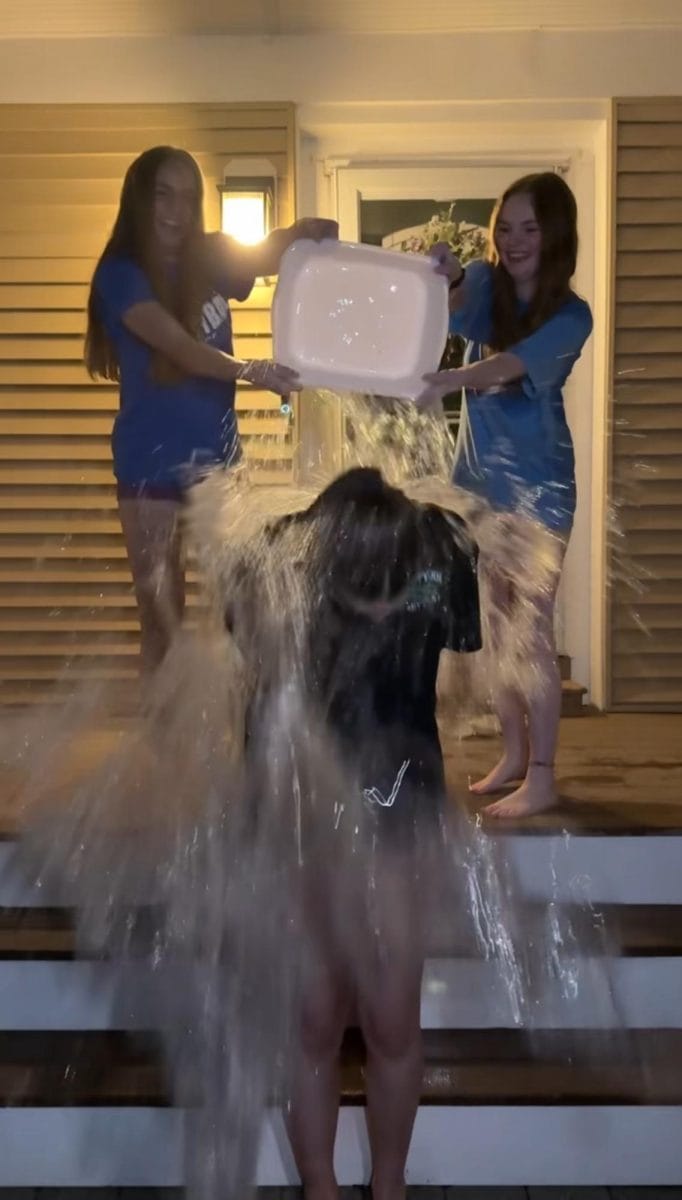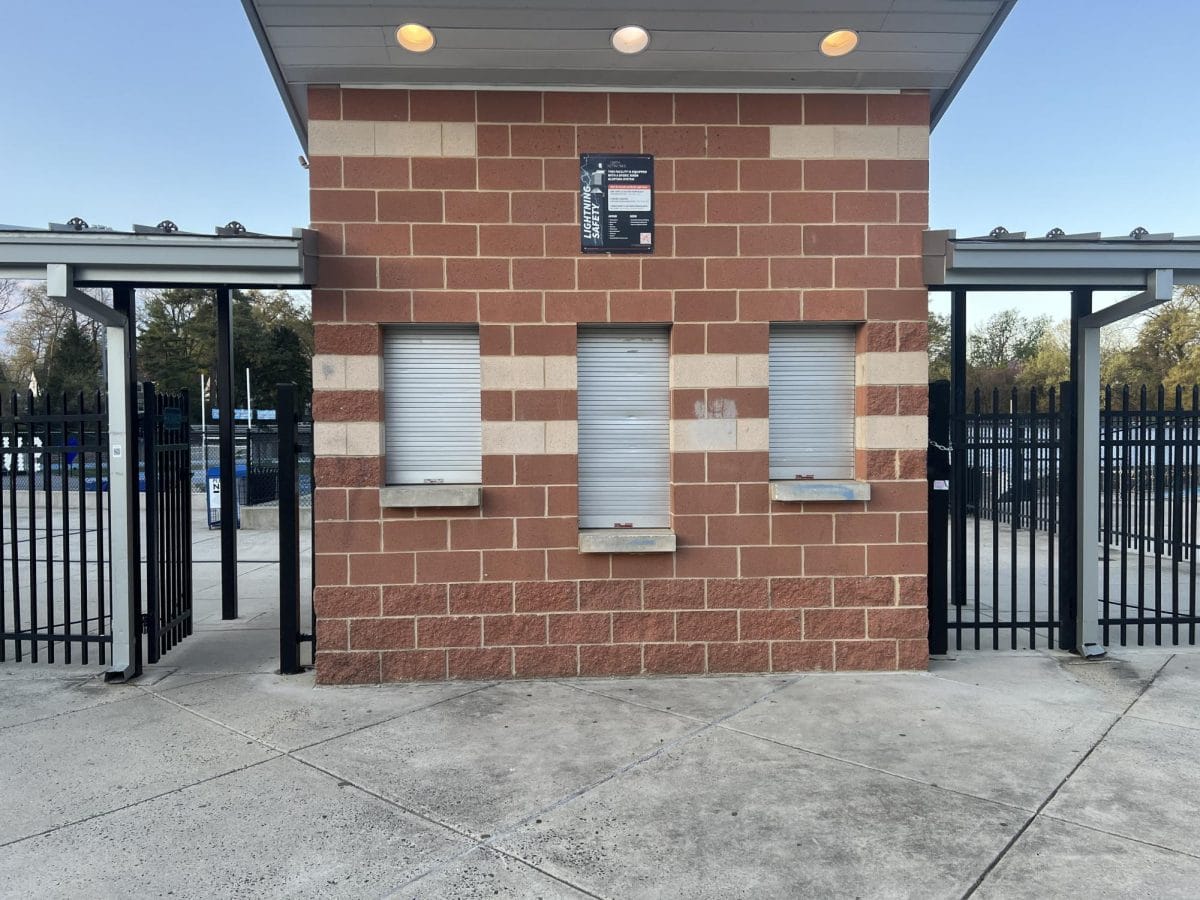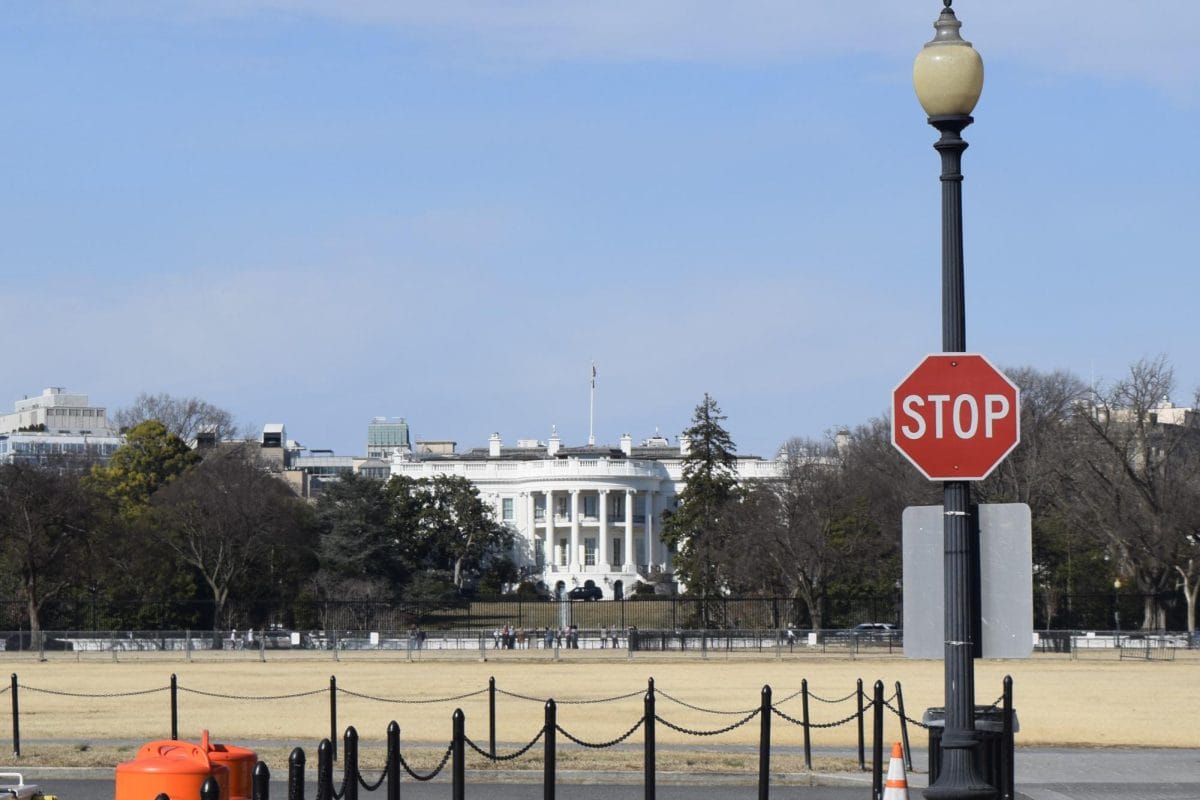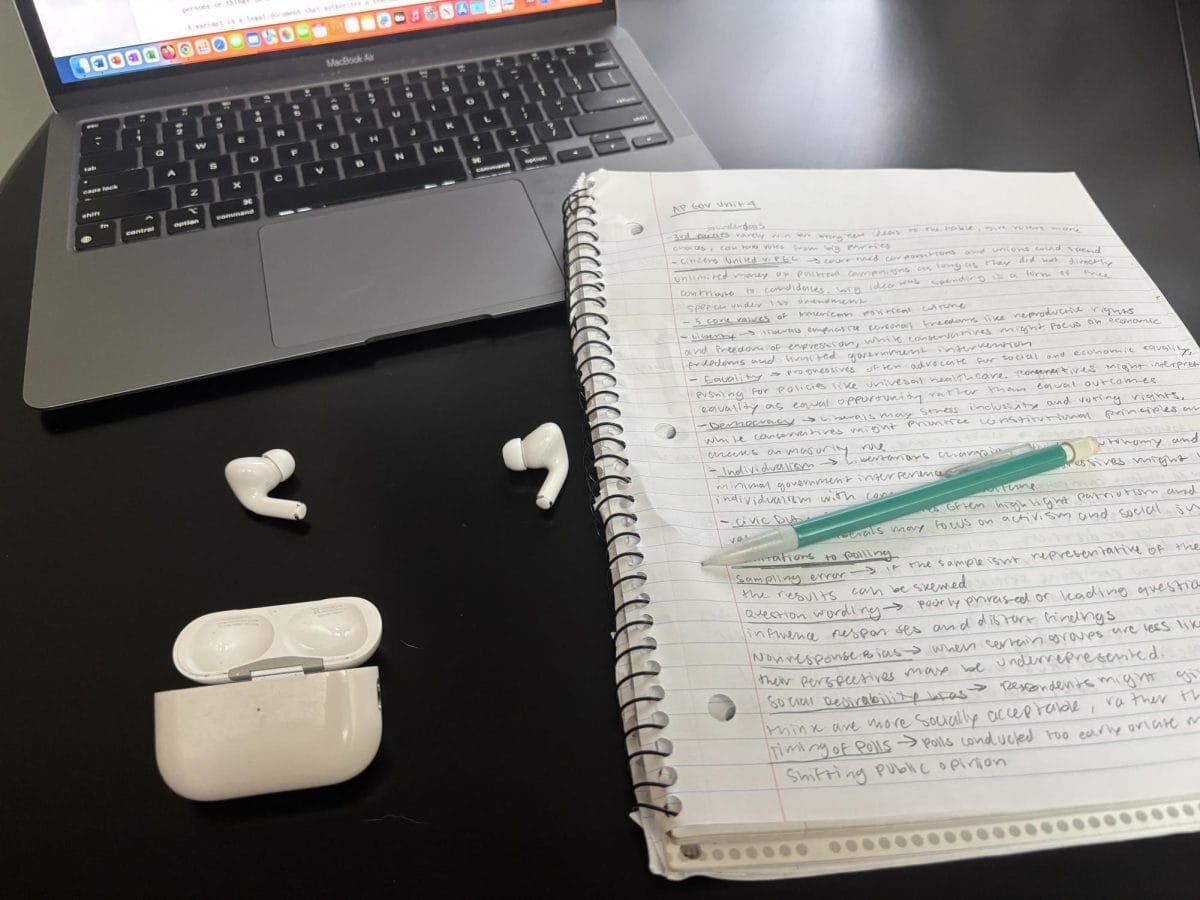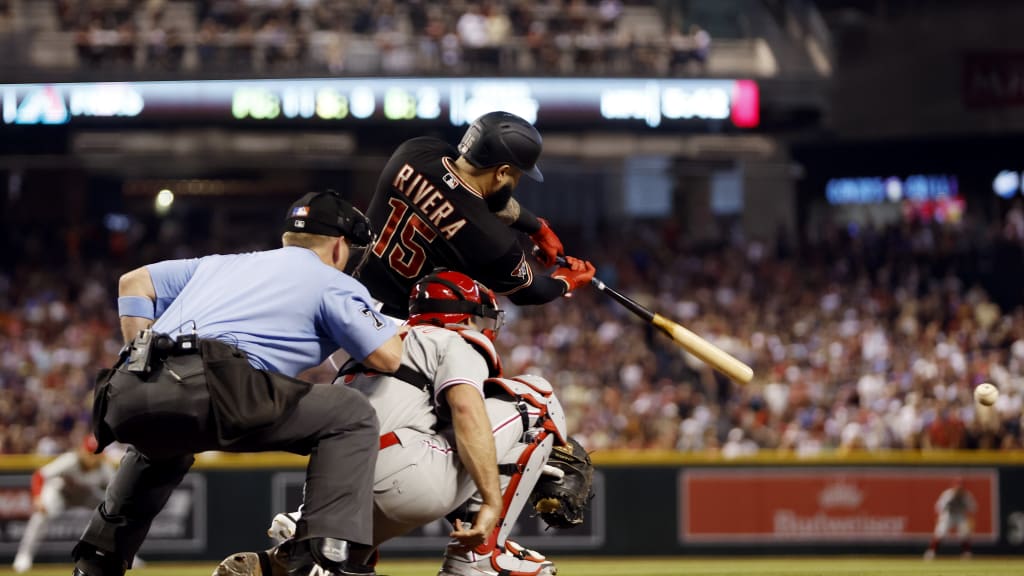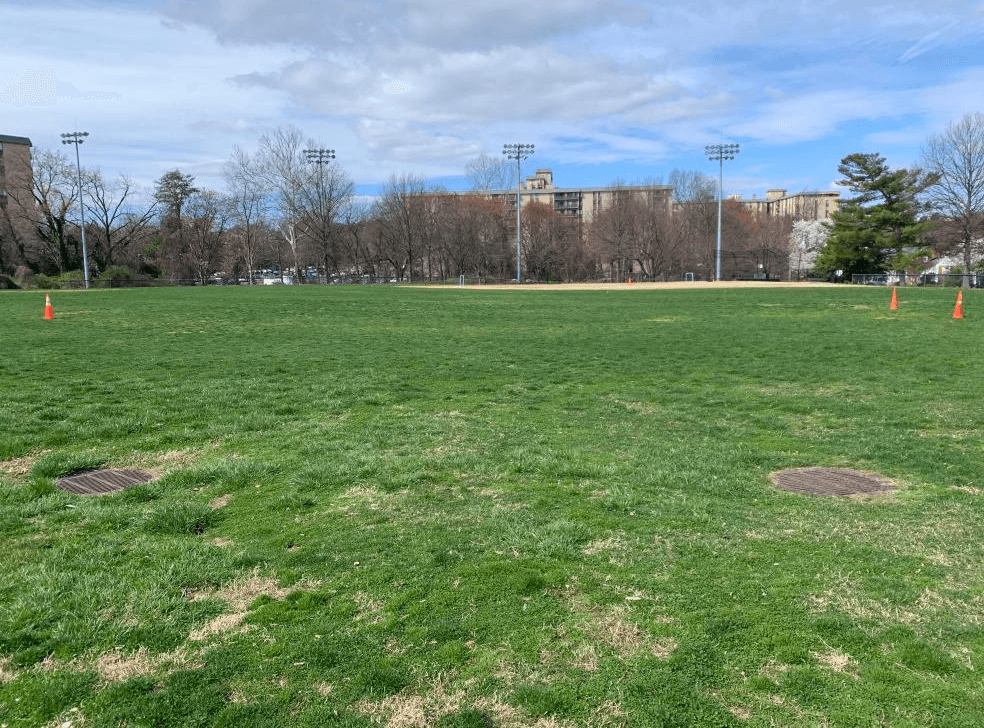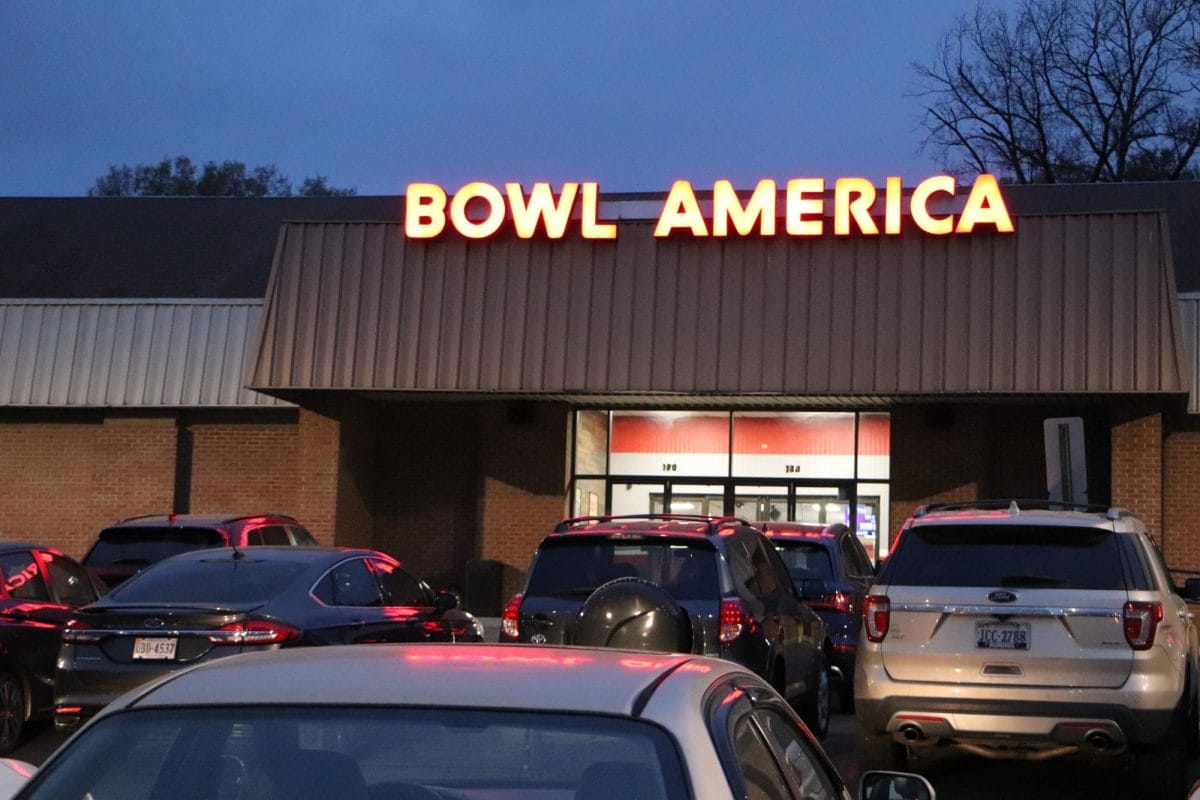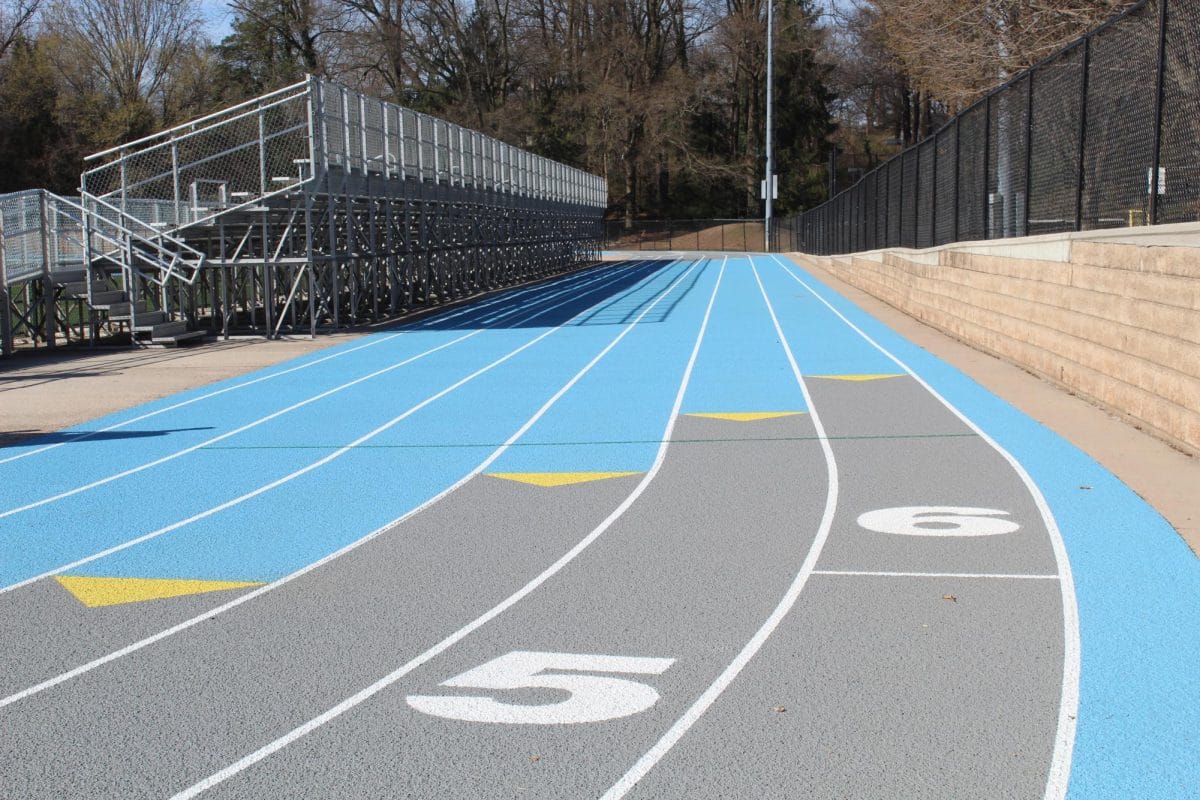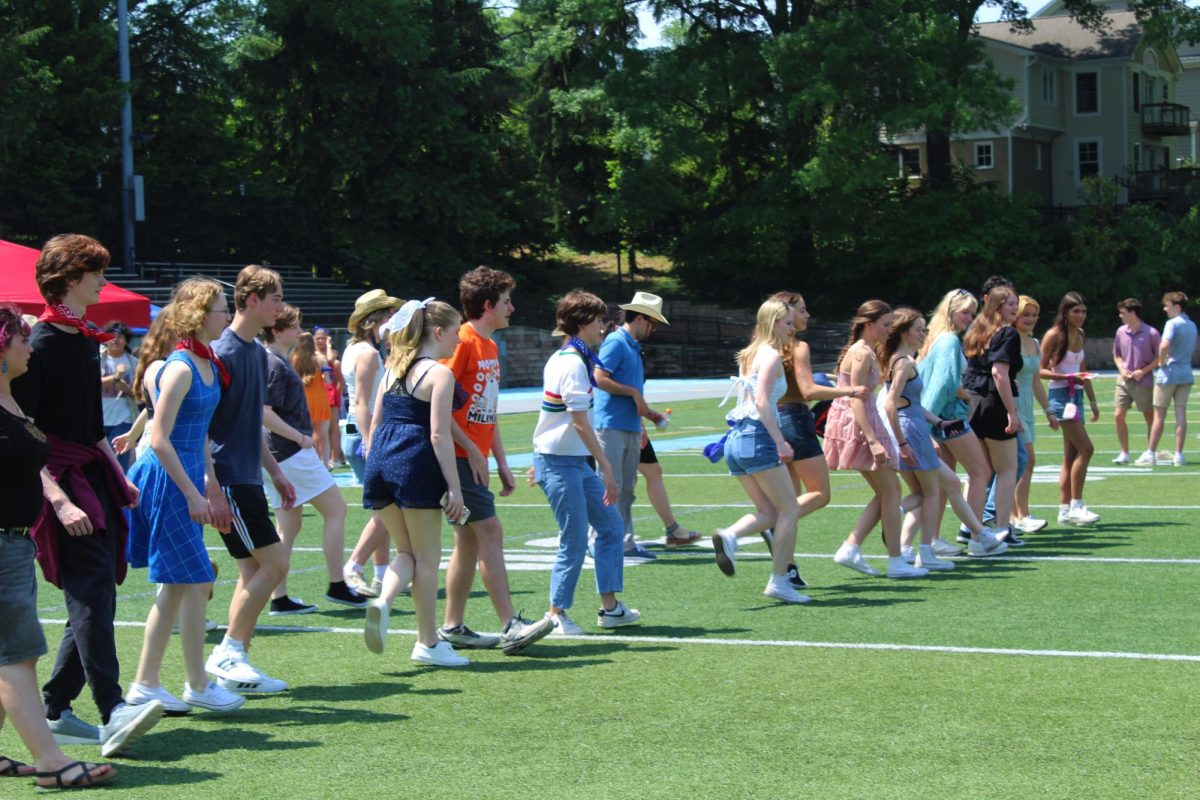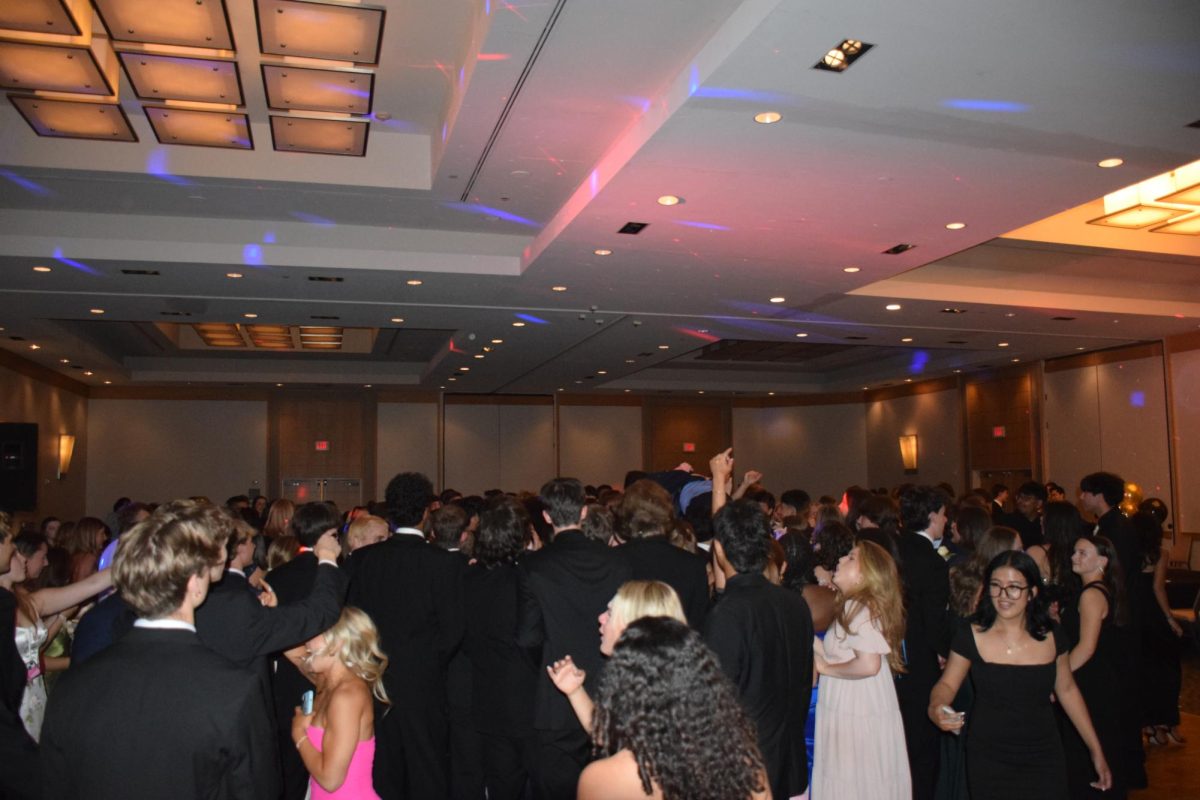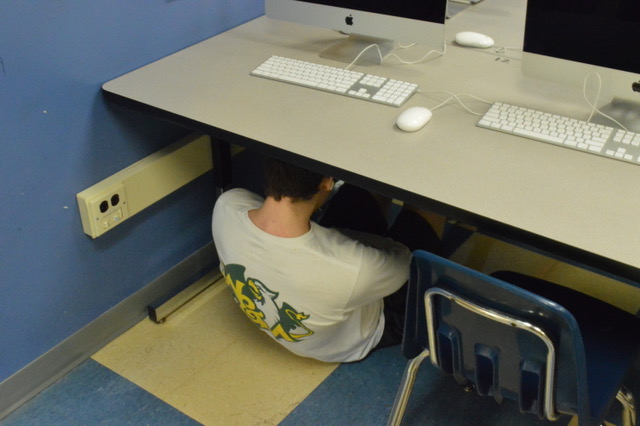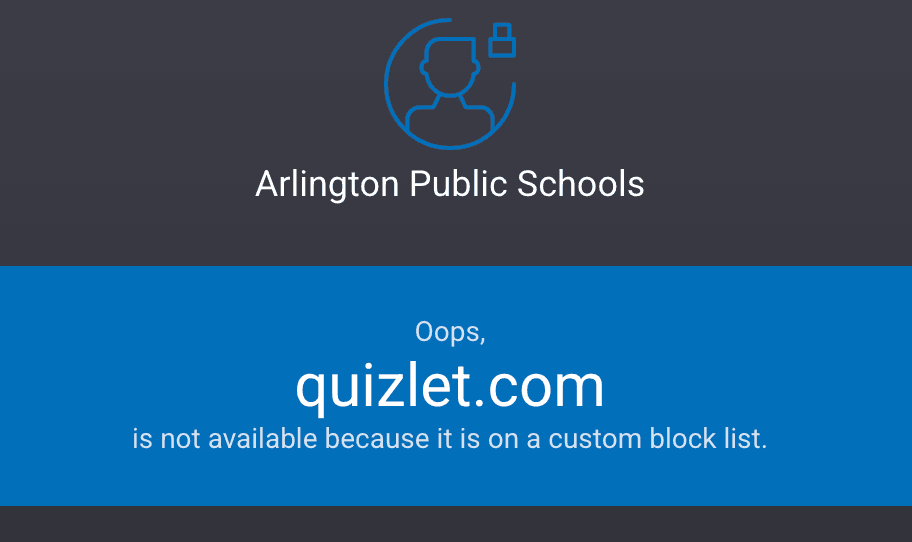Millions of American children will spend at least one day a school year huddled in the corner of a dark classroom, colorful construction paper pulled taut over door windows, blinds drawn shut, doors bolted and lesson plans long forgotten. The announcement of a lockdown, whether it be a drill or the real deal, is not a rarity in our country’s schools but has rather come to be just as expected as the Pledge of Allegiance at the start of first period. Yet this inherently American routine has started to be modified into active shooter drills. The effects of these transformations are beginning to rear their ugly head, presenting prominently in the psyche of Generation Z.
Active shooter drills are a relatively new development in school safety precautions. These drills are meant to be a step above a lockdown to effectively prepare students in the event of a real active shooter situation. Districts cite that lockdowns have not effectively eradicated the threat of danger to students in the event of a school shooting, therefore the drills are in need of a necessary update. The procedure varies from district to district but most common elements include shooting blanks at doors, masked figures knocking on windows and jangling doorknobs and even having students drenched in fake blood pretending to be dead. Yet these practices have been under fire for being a cruel and unusual method for ensuring safety.
“Active shooter drills … can create a lot more trauma to [students] than was even present in the first place, then you have to deal with that … it can actually introduce a new problem and to me, it raises an ethical issue … I don’t think it’s a good idea to put anyone through any potential danger physical or psychological, especially for children,” school psychologist Bethany Banal said.
While these drills do not explicitly endanger children, the perception of danger fostered by the procedures poses a psychological risk. Involving a physical element in a lockdown makes it more challenging for younger students to distinguish between a drill and a true emergency.
“Students start to differentiate between danger and a drill later on in elementary school, or early middle school …. Kindergarten, first grade [and] second grade [students] have a hard time, brain development-wise, differentiating between reality and fantasy,” school psychologist Solange Hornbake said.
Active shooter drills are conducted in classes of children as young as two, but the younger students may face a wide range of negative effects due to their brains still being in the developmental stage. While these drills are still too new to fully assess the consequences, any perception of danger will create a similar range of conditions in students.
“[Trauma] can look a lot of different ways …. [Children] can develop fears that might not even be about that specific thing. They might withdraw from other people, cry [and] grades can suffer. Eating and sleeping patterns can change. And the thing is young children can’t always verbalize the thing they’re upset about or scared about so it can fester over time … young children might even regress to behaviors they showed when they were younger, ” Banal said.
The necessity of these drills has also come to be questioned. There is no doubt a safety drill must be conducted to practice the procedure in the event that an active shooter is present in the school setting, yet there is little reason for why physical simulants must be employed.
“I know the idea is to keep everyone safe and to make sure we’re all prepared in the event something happens … but you don’t light fires in the school to practice for a fire drill so this to me … is a situation that is obviously very dangerous … and hasn’t shown to prevent anything, ” Banal said.
If a school decides active shooter drills are a necessary procedure to ensure the safety of their students, there are strict guidelines outlined by the ALICE Training Institute that can be utilized to minimize cognitive effects. The guidelines were created in partnership with the National Association of School Psychologists and the National Association of School Resource Officers to provide an in-depth analysis of proceedings and an overview of the benefits and detriments. The 19-page document, while not only delving into procedures, states the traditional lockdowns should be the foundation of school safety drills and all drills must be appropriate to the level of development of participants.
While school shootings are a relative rarity in our country, many school districts have updated the lockdown drill status-quo. These additions, meant to fully prepare staff and students in the event of a real shooter, raise the issue of not only ethicality but necessity. With the risk of mental health consequences attached to these drills and the full benefits of lockdowns yet to come to fruition, districts must make the decision between potentially under preparing students or exposing them to possible trauma.


